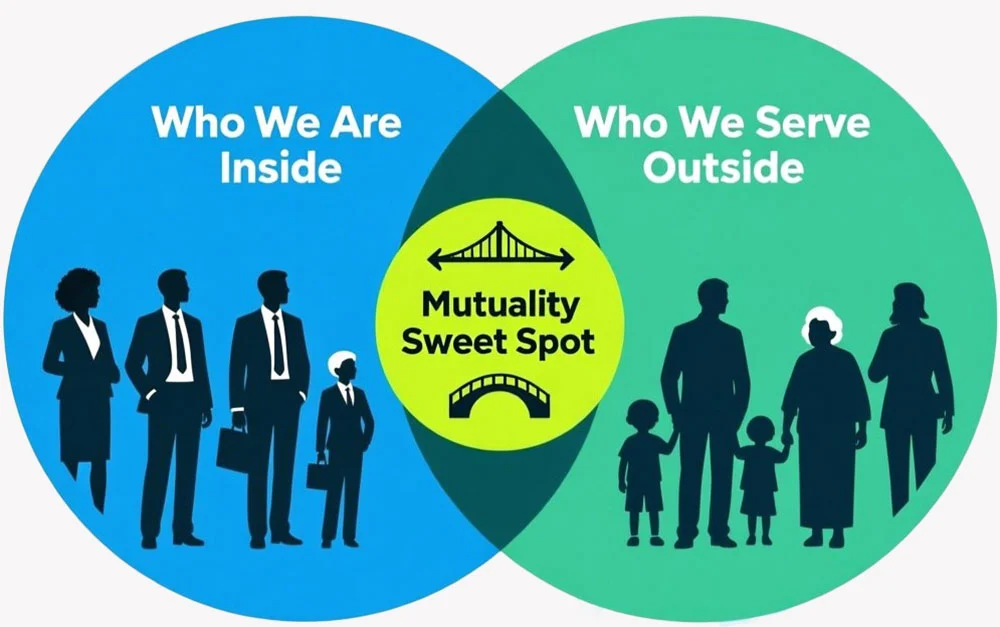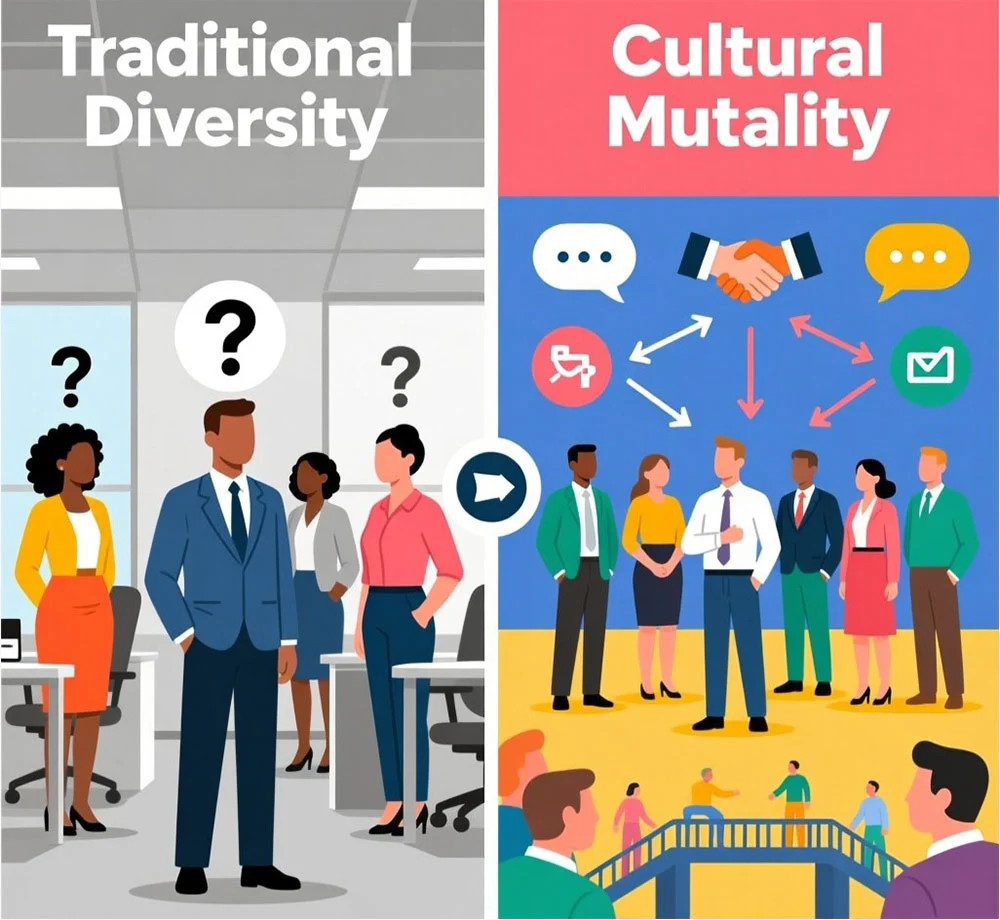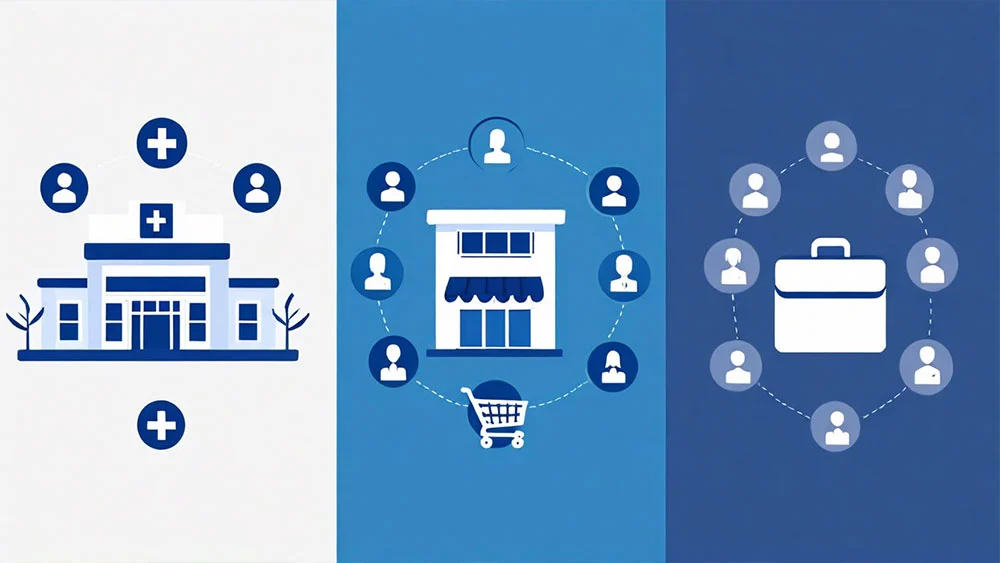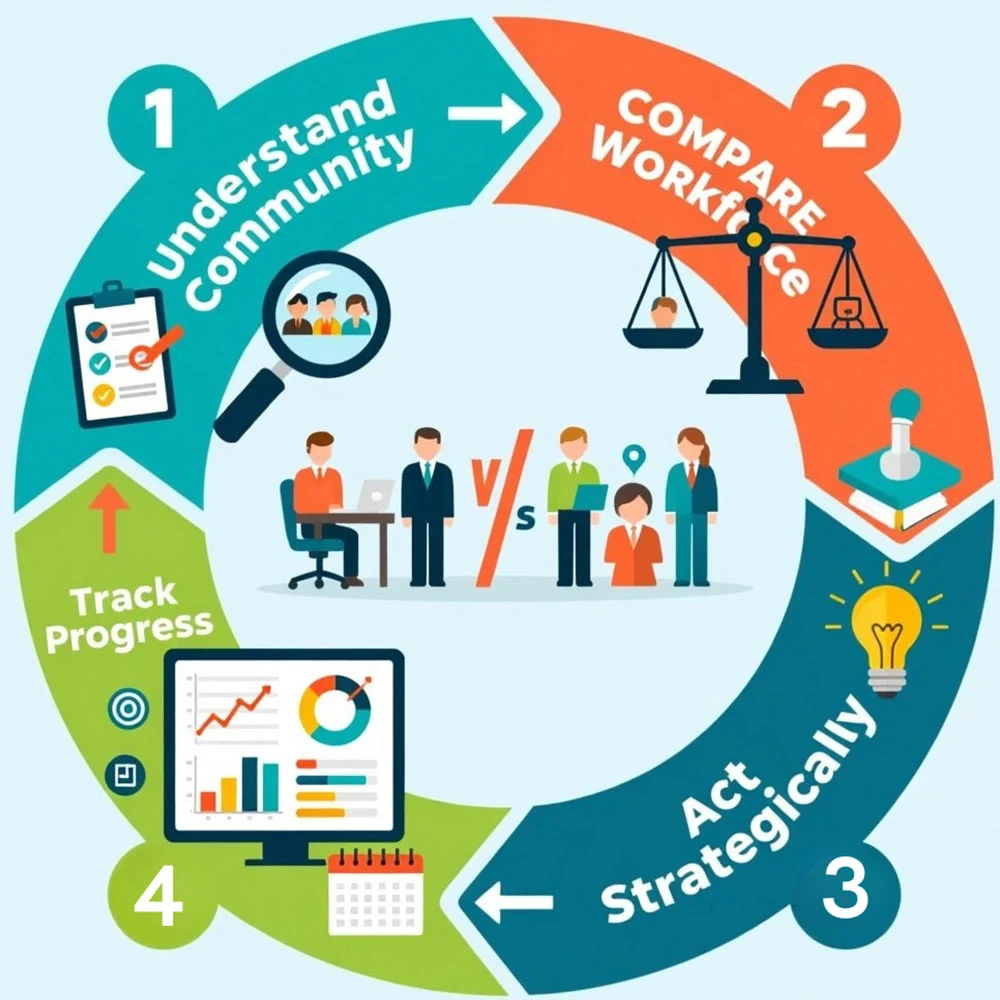

Rezza Moieni
Chief Technology OfficerWhen we talk about diversity and inclusion, most of us think about hiring from different backgrounds, ensuring equal opportunities, and building a sense of belonging at work. These are vital steps, but there’s another piece of the puzzle that often gets overlooked — mutuality or simply the level of representation.
So, what is mutuality? Put simply, it’s about how well the diversity within an organisation reflects the diversity of the community it serves. It’s the degree of alignment between “who we are inside” and “who we serve outside.” And when this alignment is missing, organisations risk losing trust, relevance, and growth opportunities.

Diversity Alone Isn’t Enough
Countless studies have shown that diverse teams outperform homogenous ones when it comes to innovation, problem-solving, and creativity. But diversity on its own doesn’t guarantee success.
Think of a hospital, a retail store, or a government agency. If their teams don’t reflect the communities they serve, communication gaps and cultural misunderstandings can easily arise. Patients may struggle to feel heard, customers may feel disconnected, and citizens may lose trust in public institutions.
That’s why mutuality is so important. It’s not just about ticking boxes for internal representation; it’s about building authentic relationships with customers and communities by speaking their language — sometimes literally.

Why Mutuality Matters in Practice
1. Healthcare: Trust and Better Outcomes
In healthcare, research shows patients are more likely to trust and engage with professionals who share their cultural background. When diversity in the workforce aligns with community demographics, barriers like ethnic distrust or language gaps begin to dissolve. The result? Higher patient satisfaction, better adherence to treatments, and ultimately healthier communities.
2. Retail: Understanding Customers’ Values
Retail is another powerful example. Consumers increasingly make purchasing decisions based on their values. Surveys reveal that ethnic minority and LGBTQ+ shoppers prefer businesses that demonstrate genuine diversity and inclusion. When staff demographics reflect customer demographics, not only do sales improve, but so does customer loyalty.
3. Workforce: Attracting the Best Talent
Today’s job seekers are also paying attention. Research shows that two-thirds of people consider diversity and mutuality important when deciding where to work. In other words, if your workforce doesn’t reflect the wider community, you risk losing out on top talent.

The Cost of Ignoring Mutuality
Many organisations spend millions on diversity and inclusion programs each year. Yet, very few can actually measure how effective these initiatives are. Without a clear way to evaluate whether their workforce is aligned with the community, leaders are essentially guessing.
This is where the concept of a Mutuality Index comes in. My research introduces a data-driven approach to help organisations benchmark themselves against the communities they serve. It’s a practical way to answer the question: “How closely does our workforce reflect our customer base?”
By making this measurable, organisations can move beyond good intentions to evidence-based strategies. Instead of assuming diversity efforts are working, leaders can see where gaps exist — and how to close them.
Why This Matters More Than Ever
Demographics are shifting rapidly. In countries like the United States and Australia, minorities already represent a large and growing portion of the population. In Australia, more than one in four people speak a language other than English at home.
For businesses, governments, and teams from any sector, this isn’t just a social issue — it’s a business imperative. Mutuality ensures that organisations stay relevant, responsive, and resilient in an increasingly diverse world.
Moving from Talk to Action
So, how can leaders begin to embrace mutuality?
- Understand your community. Start by mapping the cultural and demographic profile of the people you serve.
- Compare with your workforce. Identify whether your staff reflects these same attributes — in language, ethnicity, worldview, and beyond.
- Track progress. Use data-driven tools to measure alignment and identify gaps over time.
- Act strategically. Recruit, train, and empower staff in ways that strengthen mutuality, not just diversity in isolation.

The Bigger Picture
Mutuality is more than a buzzword. It’s the missing link that connects inclusion inside organisations with equity and trust outside them. When organisations embrace it, they unlock stronger customer relationships, healthier communities, and better business performance.
If we want diversity to truly drive innovation and social progress, we must move beyond “how diverse are we?” to “how well do we reflect the communities we serve?” That’s the power of mutuality.
Want to go deeper?
This blog draws on insights from my peer-reviewed paper “An Analytical Approach to Measure the Cultural Diversity Mutuality between Two Communities.” In it, we introduce the Mutuality Index, a data-driven method to measure and track alignment between organisations and their communities.